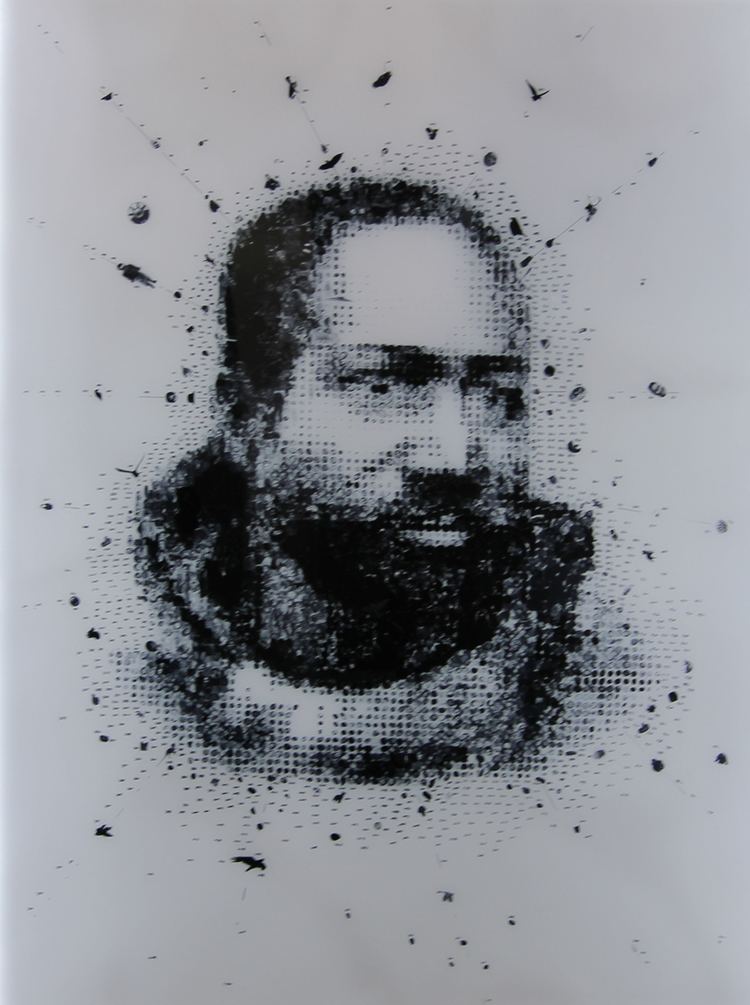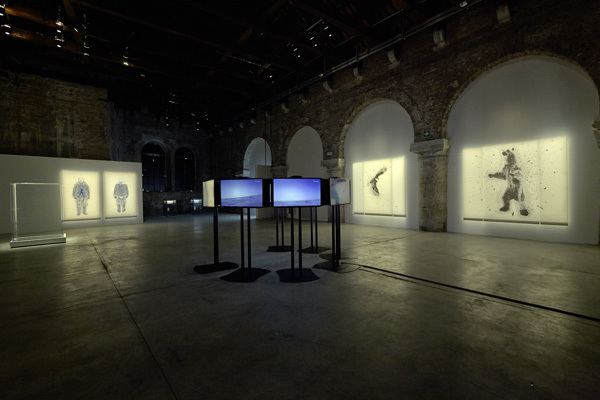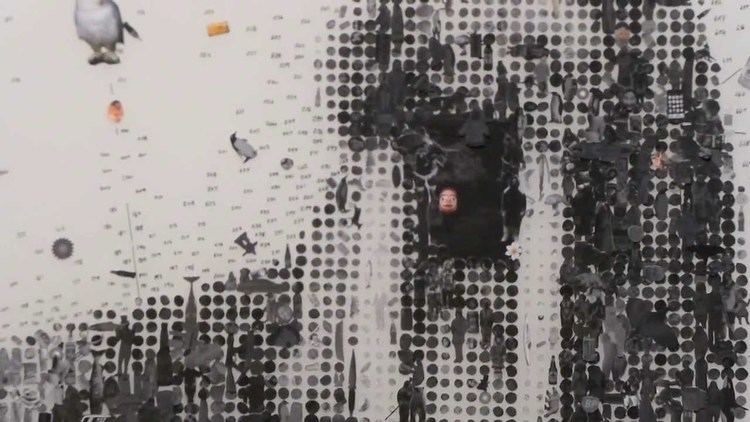Name Tavares Strachan | ||
 | ||
Profiles | ||
Franklin sirmans in conversation with tavares strachan
Tavares Henderson Strachan (born December 16, 1979) is a contemporary, conceptual artist whose multi-media installations investigate science, technology, mythology, history, and exploration. He lives and works in New York City and Nassau, Bahamas.
Contents
- Franklin sirmans in conversation with tavares strachan
- Tavares strachan visiting artist at mit 2009 2010
- Early life and education
- Career
- Awards
- References

Tavares strachan visiting artist at mit 2009 2010
Early life and education

Strachan was born in Nassau, the capital city of the Bahamas, in 1979, six years after the country gained independence from British rule. Strachan was introduced to the arts as a child through his family’s involvement in Junkanoo, a historical annual parade and cultural celebration incorporating live music, dance, and elaborate costumes hand-made by competing groups. These early experiences provided the foundation for Strachan’s understanding of materials, process, collaboration, and community.

Initially a painter, Strachan earned his Associate of Fine Arts degree from the College of the Bahamas in 1999. In 2000, he moved to the US to enroll in the glass department at the Rhode Island School of Design, where he began to pursue more conceptual projects that would foreground the prevalent themes and minimalist aesthetic of his later work. After completing his Bachelor of Fine Arts degree at the Rhode Island School of Design in 2003, Strachan went on to earn his Master of Fine Arts degree in Sculpture from Yale University in 2006. Eager to discover the world beyond the Caribbean and ever aware of his tenuous circumstances as a foreign scholarship-based student, Strachan learned to question the boundaries of what was possible and impossible in matters of life and art. This dichotomy continues to be central to the artist’s practice.
Career

Through his career, Tavares Strachan has engineered a multidisciplinary artistic practice that mobilizes our visual, intellectual, and emotional faculties. Aeronautical and astronomical science, deep-sea exploration, and extreme climatology are but some of the thematic arenas out of which Strachan creates performative allegories that tell of cultural displacement, human aspiration, and mortal limitation. Strachan’s artistic practice and methodology often circumvents the usual narrative, functioning in a more unconventional framework.

Strachan is best known for his 2006 project, The Distance Between What We Have and What We Want, for which he embarked on a journey to the Alaskan Arctic to excavate a 4.5-ton block of ice which was then transported via FedEx to his native Bahamas and displayed in a solar-powered freezer in the courtyard of his childhood elementary school. The piece is both physically arresting and metaphorically resonant, referencing the fragility of Earth’s homeostatic systems, the strange poetry of cultural and physical displacement, as well as the little-known contributions of Matthew Henson—an under-recognized American explorer and the co-discoverer of the North Pole.
In 2004, Strachan initiated an ambitious four-year multimedia body of work entitled Orthostatic Tolerance—the title referring to the physiological stress that cosmonauts endure while exiting and re-entering Earth from outer space. Exhibited in phases between 2008 and 2011, the Orthostatic Tolerance project incorporated photography, video, drawing, sculpture and installation documenting Strachan’s experience in cosmonaut training at the Yuri Gagarin Training Center in Star City, Russia and in experiments in space travel conducted in Nassau under the Bahamas Air and Space Exploration Center (BASEC)—the artist’s version of NASA for his native country.
In 2011, Strachan exhibited Seen/Unseen—a survey exhibition of past and present works—at an undisclosed location in New York City that was deliberately closed to the general public. Exploring themes of presence and absence, the exhibition focused on the artist’s overall practice of positioning works in such a way that some of their aspects are visible while others remain conceptual, asserting the exhibition as a work of art in its own right. Both ambitious in scope and disruptive to expectations, Seen/Unseen manifested a type of meditative experience, presenting over 50 works from drawings, photographs, video works, sculpture, and installations in a massive 20,000-square-foot industrial space converted specifically for the exhibition. While access to "Seen/Unseen" was restricted to the organizers, the exhibition itself was fully documented with a website and an illustrated catalogue designed by Stefan Sagmeister.
Strachan represented The Bahamas in the country’s first national pavilion at the 55th International Venice Biennale in 2013.
A recent demonstration of his work was showcased as part of the Desert X exhibit in the Coachella Valley from February 25 - April 30 2017.
